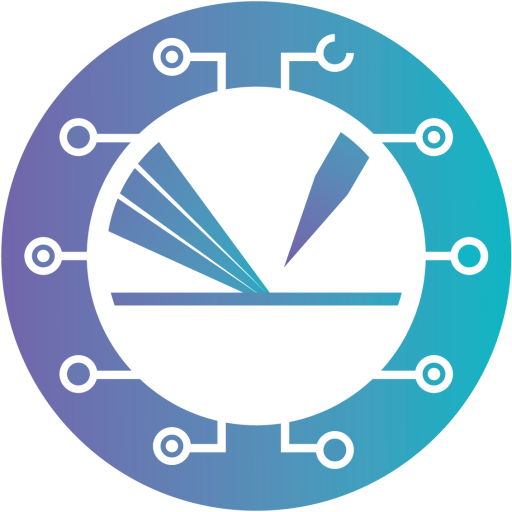Veronica Ganduglia Pirovano
Institute of Catalysis and Petrochemistry
CSIC Madrid, Spain
Monday, 24th March 2025, 17:00 s.t.
The talk will be given in hybrid mode.
You can join at:
Seminar Room DA 02 B
TU Freihaus, Green Area, 2nd floor
Wiedner Hauptstraße 8, 1040 Vienna
Or you can join the zoom meeting:
https://tuwien.zoom.us/j/92739417554?pwd=MlFkNjJxUjFkUUhPaUJmZ0ZnMjVOZz09
Meeting ID: 927 3941 7554 Passcode: X74b82XE
Monday, 11th November 2024, 17:00 s.t.
The talk will be given in hybrid mode.
You can join at:
Freihaus Hörsaal 7 (HS 7)
TU Freihaus, Yellow Area, 2nd floor
Wiedner Hauptstraße 8, 1040 Vienna
Or you can join the zoom meeting:
https://tuwien.zoom.us/j/92739417554?pwd=MlFkNjJxUjFkUUhPaUJmZ0ZnMjVOZz09
Meeting ID: 927 3941 7554 Passcode: X74b82XE

Metal-CeO2 Interfaces and their Role in Methane Conversion to Fuels
Methane dry reforming (MDR), which converts CH4 and CO2 into syngas (CO/H2), is gaining attention for its environmental benefits. Additionally, direct conversion of CH4 to CH3OH is a highly sought goal in catalysis. Metal-ceria systems, particularly those involving Ni, Co, and Pt on CeO2(111), have emerged as promising catalysts for these processes. This presentation explores recent theoretical and experimental advances in understanding these catalysts, using DFT+U simulations alongside in situ/operando techniques (AP-XPS, XRD, XAFS) and catalytic testing [1,2,3,4].
A key finding is that low metal loading, combined with ceria’s ability to stabilize oxidized metal species by re-localizing electrons on f-states, is essential for CH4 activation at room temperature and efficient CH4 reforming at relatively low temperatures (700 K). Notably, the room-temperature activation of methane on low-loaded metal/CeO2 deviates from traditional linear scaling relationships, highlighting how this nanomaterial overcomes the “tyranny of linear scaling” [5]. This presents a promising strategy for developing active and stable catalysts for methane activation and conversion.
Furthermore, we present evidence that low Ni loadings on CeO2 can catalyse methanol production at low temperatures (450 K) with high selectivity, using oxygen and water [6]. Additionally, Pd-CeO2 catalysts modified with carbon (Pd-iC-CeO2) achieve 100% selectivity for methanol in the liquid phase at 350 K using hydrogen peroxide as the oxidant [7]. The role of solvent interactions in enhancing selectivity is also discussed, highlighting the potential of these catalysts to drive cost-effective and selective methane conversion to valuable products.
Bio of Veronica Ganduglia Pirovano
Dr. M. Veronica Ganduglia-Pirovano is the Leader of the Modeling for Theoretical Catalysis Group at the Institute of Catalysis and Petrochemistry (ICP-CSIC) in Madrid. She obtained her Bachelor’s Degree from the Balseiro Institute, National University of Cuyo, S. C. de Bariloche, Argentina, and a PhD in Physics from the Max Planck Institute for Solid State Research, University of Stuttgart, Germany. With a vision for the specific design of catalytic materials, she has carried out high-level and motivating research projects at Exxon Corporation, Annandale, NJ, USA, the Fritz-Haber-Institute in Berlin, the Center Physics of Materials at the Atomic Scale-DTU, Denmark, and the Humboldt University of Berlin. She pioneered theoretical work on ceria, metals supported on ceria, and the chemistry of small oxide clusters supported on other oxides.
